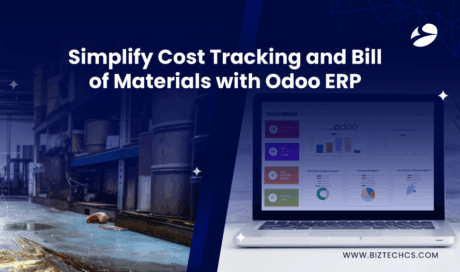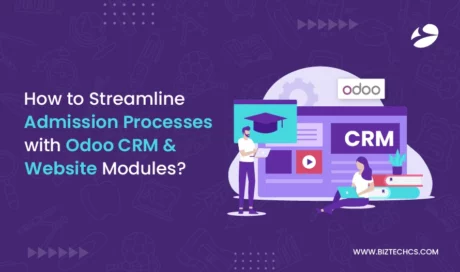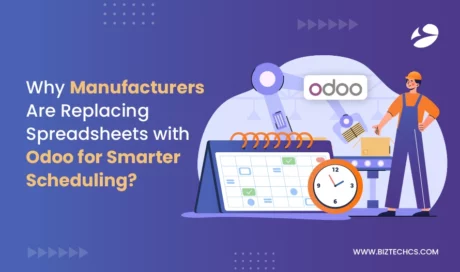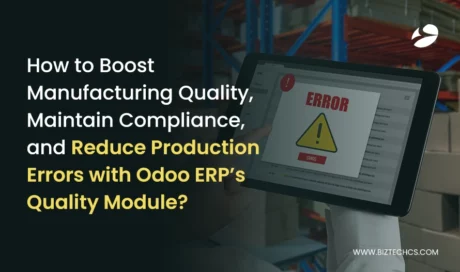Blogs
-

Development
6
How to Update a WordPress Plugin Without Losing Customization?

By Devik Gondaliya
09 Jul, 2025
-

Odoo
7718
Odoo VS SAP : Which One Should You Choose for Your Enterprise in 2025?

By Biztech
04 Jul, 2025
-

Odoo
370
How to Effectively Manage Bill of Materials (BOM), Track Production Costs and Enhance Cost Efficiency with Odoo ERP?

By Devik Gondaliya
02 Jul, 2025
-

Odoo
637
Why the Healthcare Industry Needs Odoo ERP to Solve Real-World Operational Challenges?

By Devik Gondaliya
25 Jun, 2025
-

Odoo
1231
How to Streamline Admission Processes with Odoo CRM & Website Modules?

By Devik Gondaliya
12 Jun, 2025
-

Odoo
1188
Why Manufacturers Are Replacing Spreadsheets with Odoo for Smarter Scheduling?

By Devik Gondaliya
11 Jun, 2025
-

Artificial Intelligence (AI)
1458
How Generative AI in Education Is Driving a Shift Toward Smarter Classrooms?

By Devik Gondaliya
10 Jun, 2025
-

Odoo
1394
How to Streamline Inventory Management, Minimize Stockouts, and Optimize Warehousing Operations Using Odoo ERP?

By Devik Gondaliya
09 Jun, 2025
-

Odoo
1622
How to Boost Manufacturing Quality, Maintain Compliance, and Reduce Production Errors with Odoo ERP’s Quality Module?

By Devik Gondaliya
06 Jun, 2025